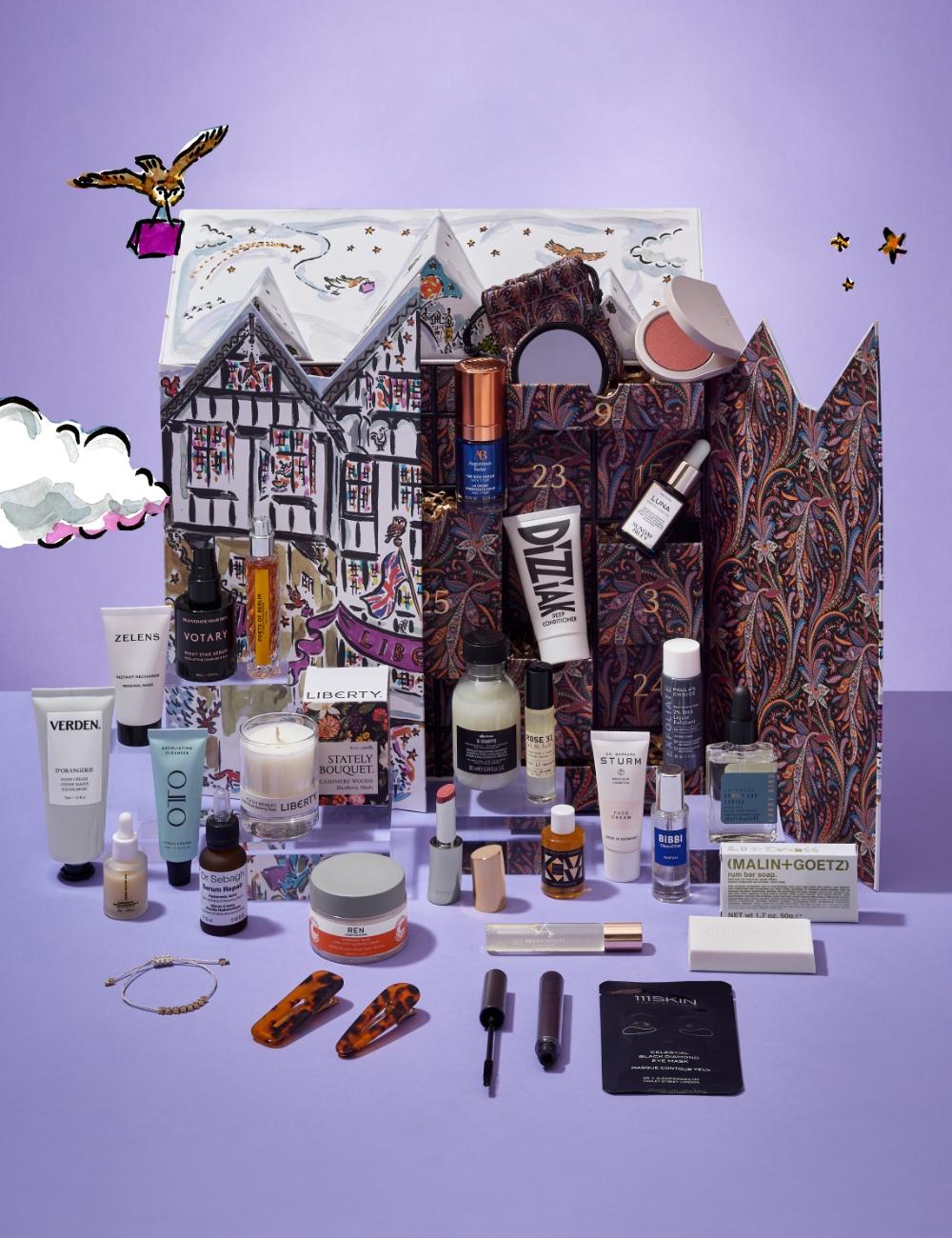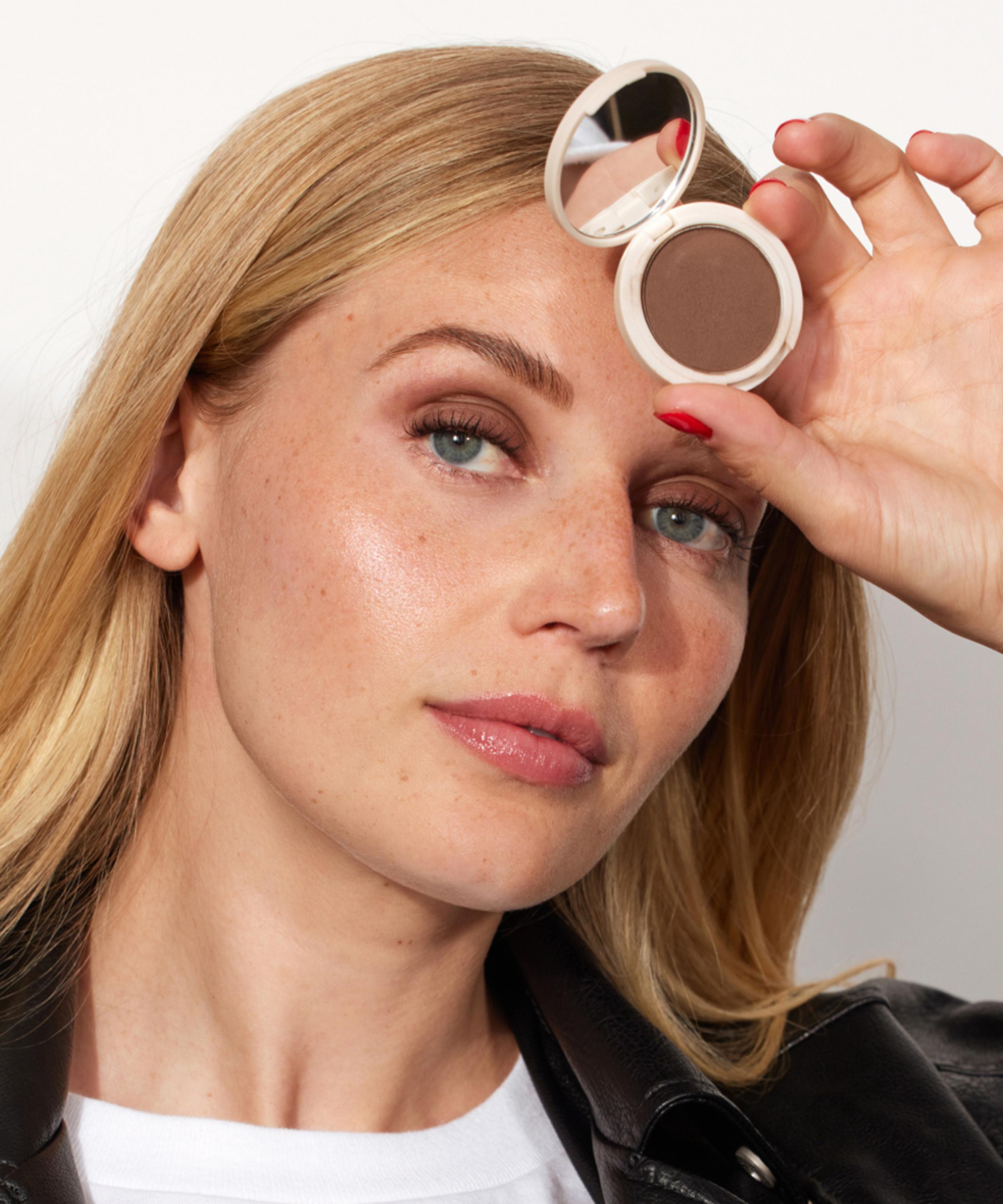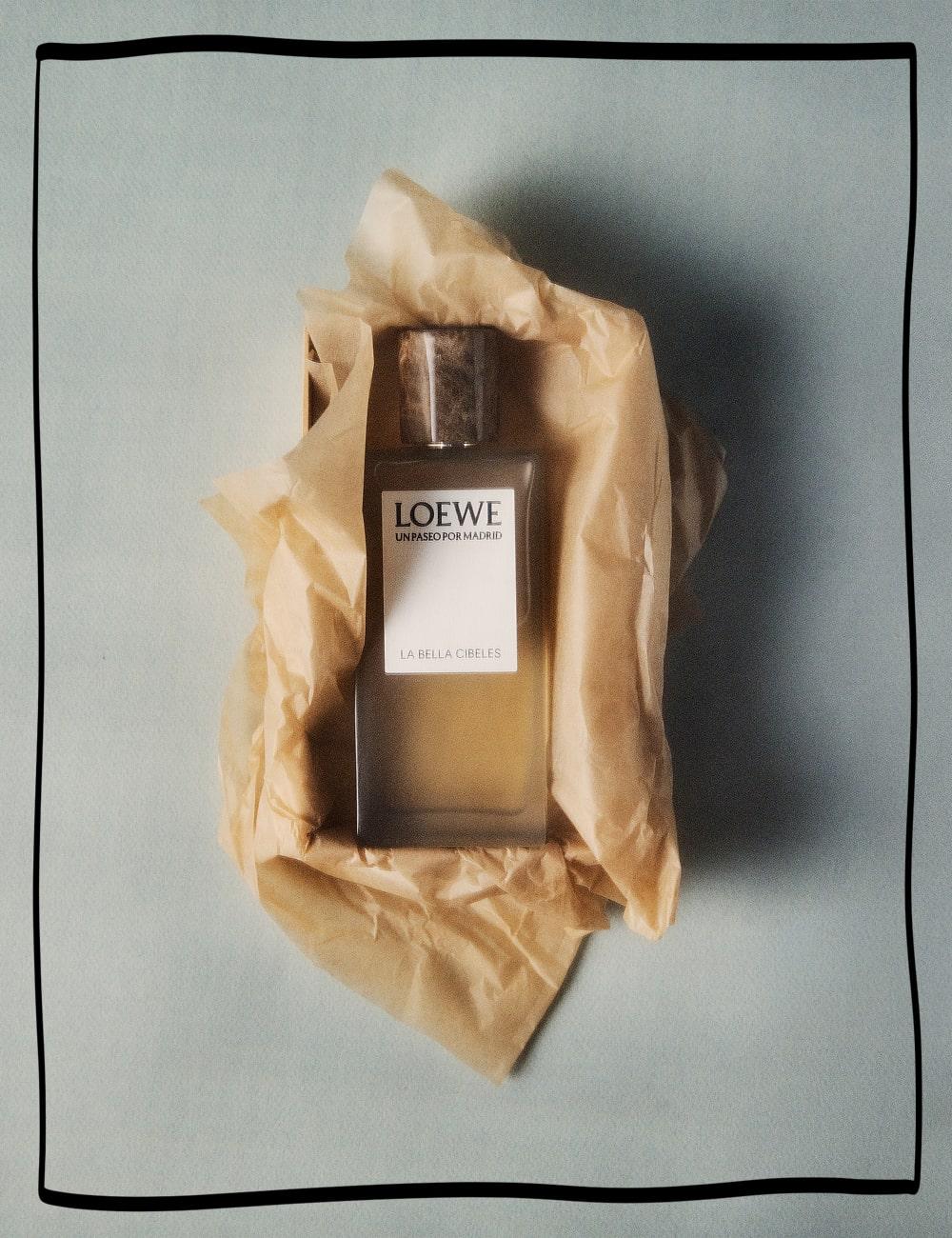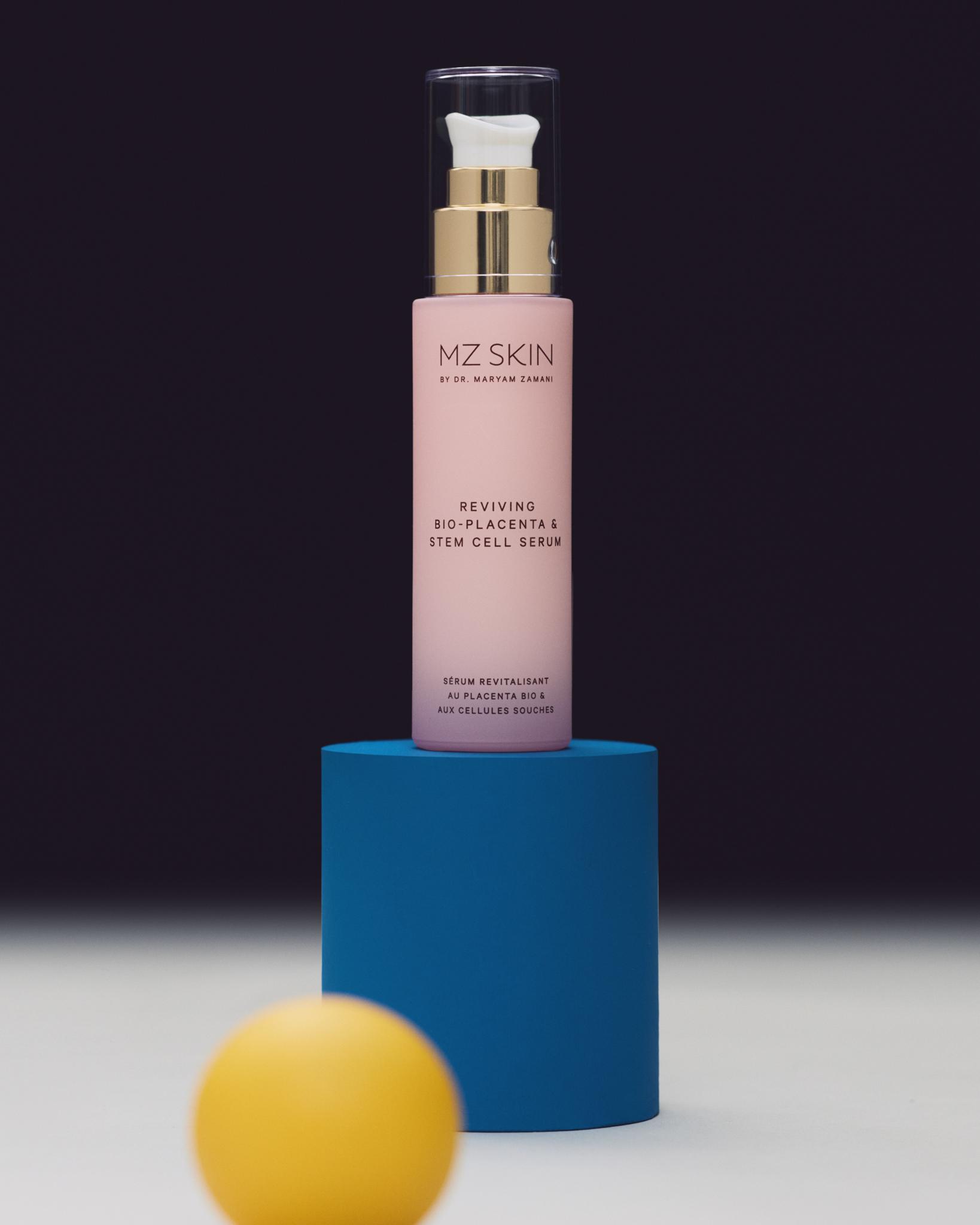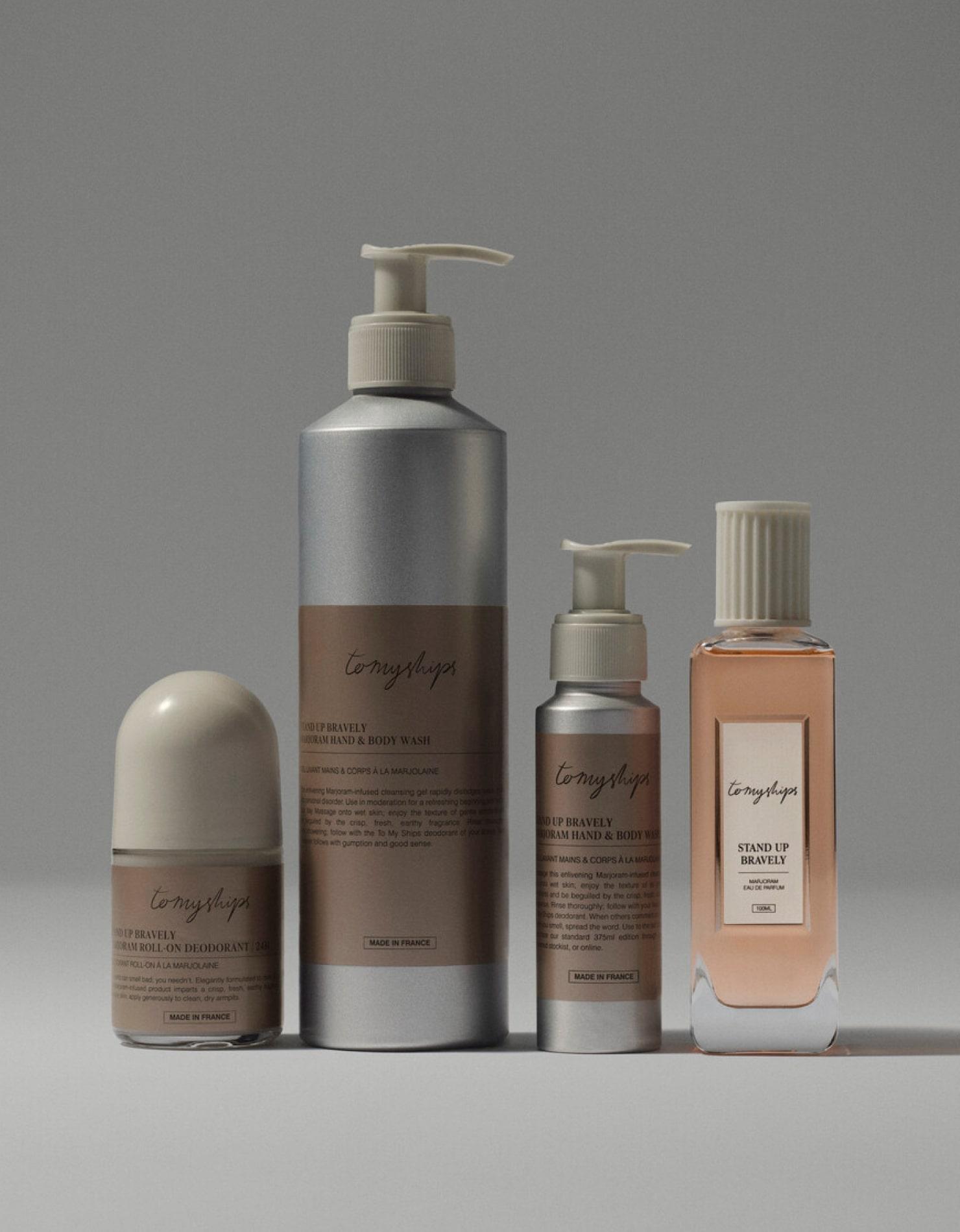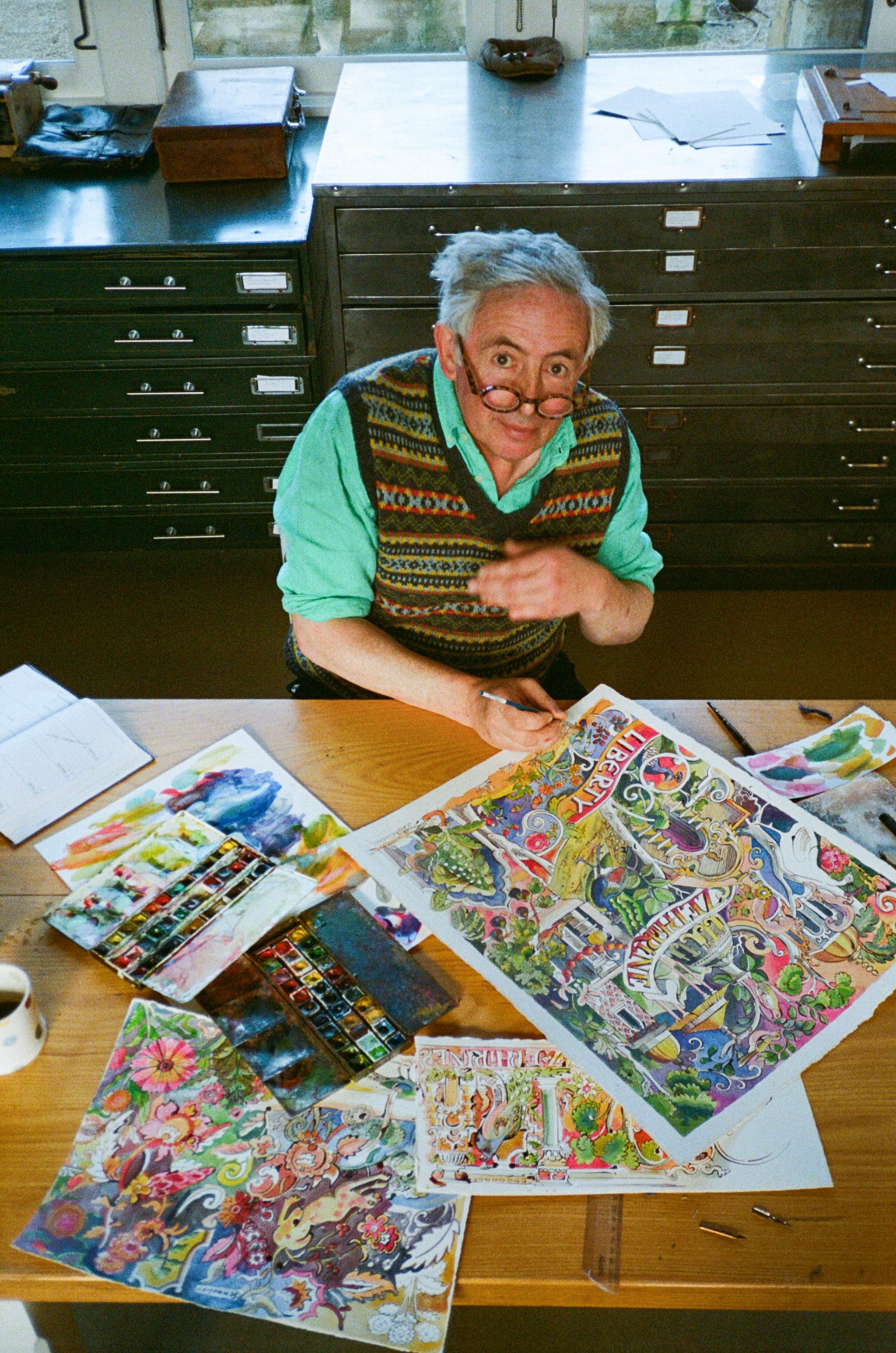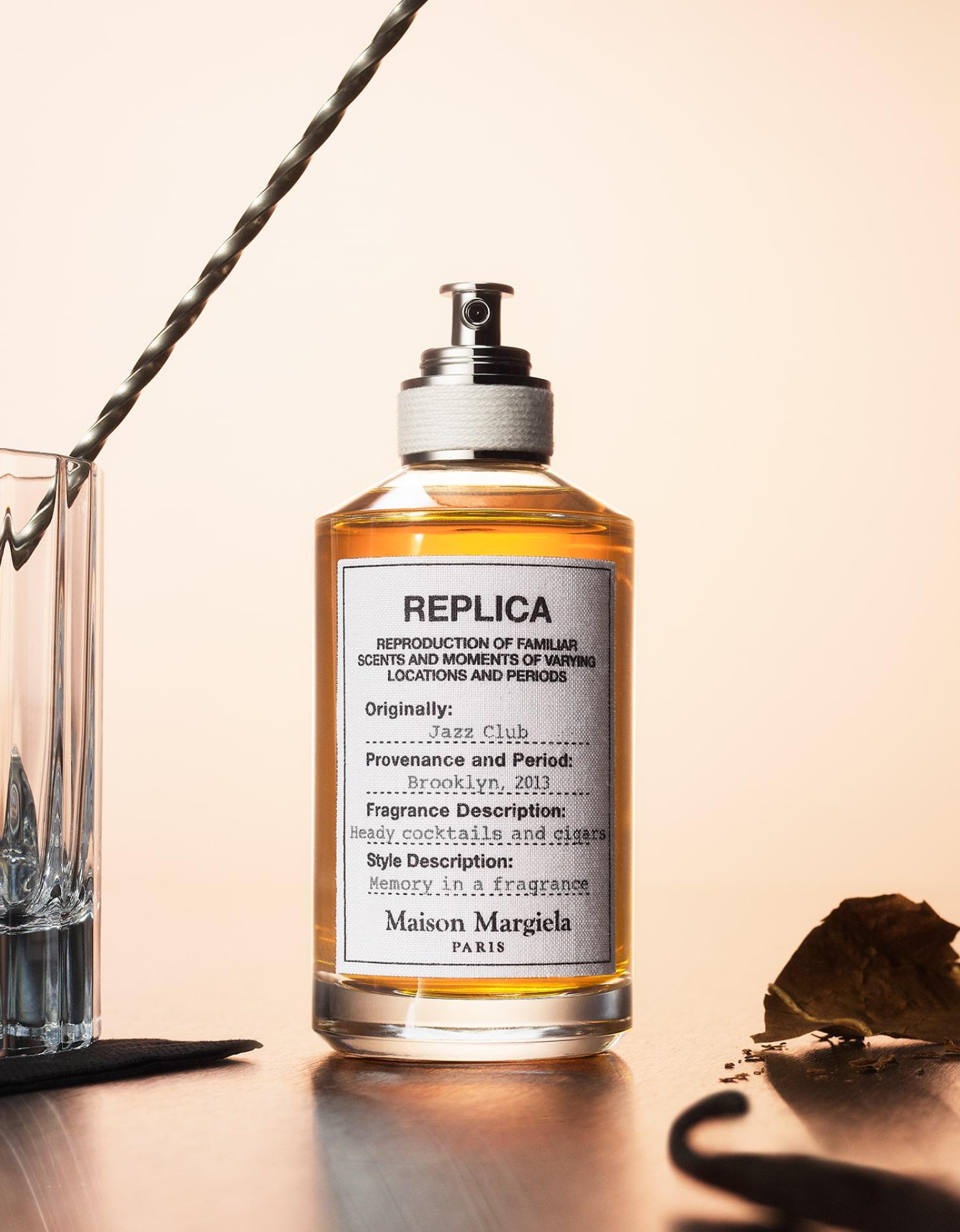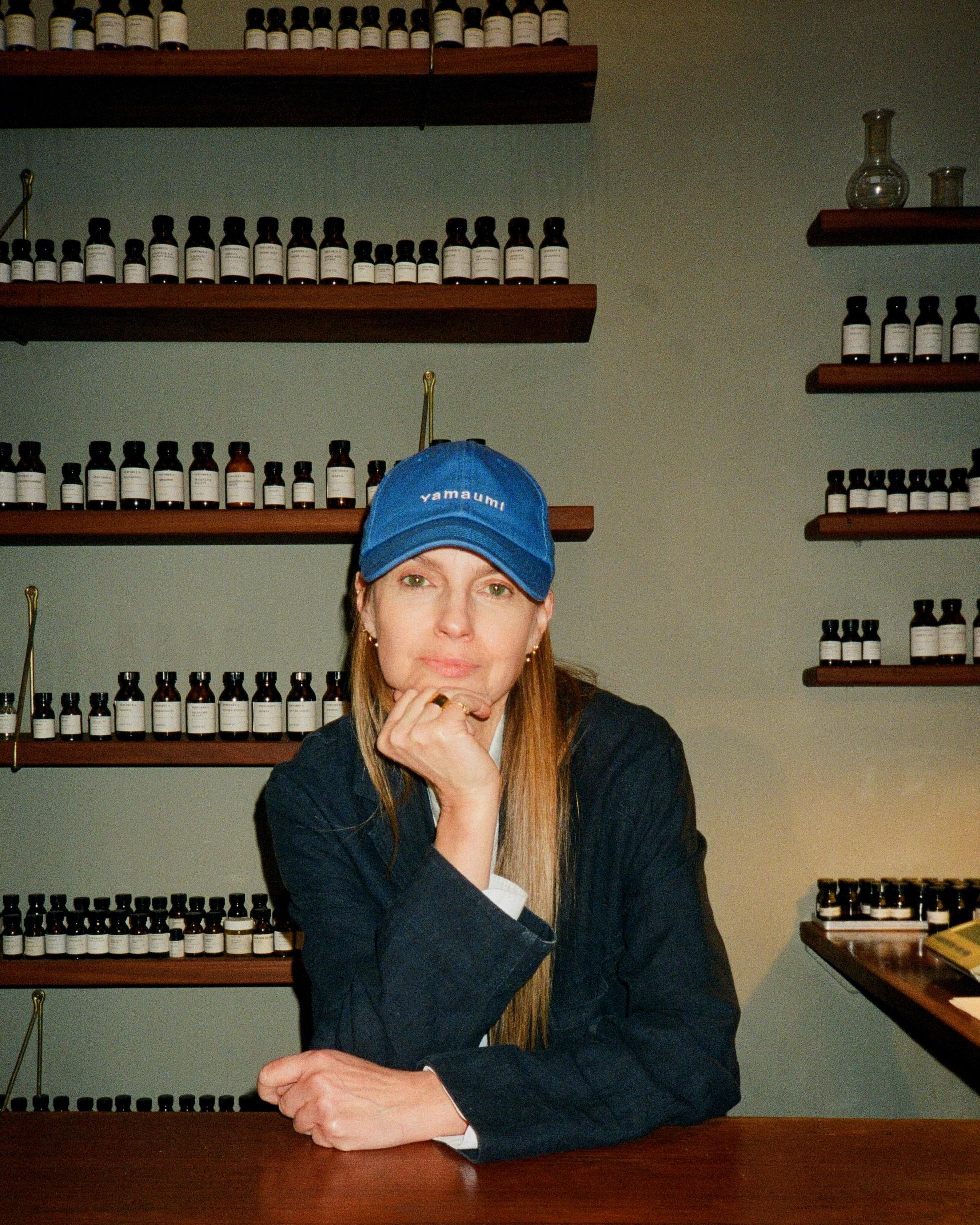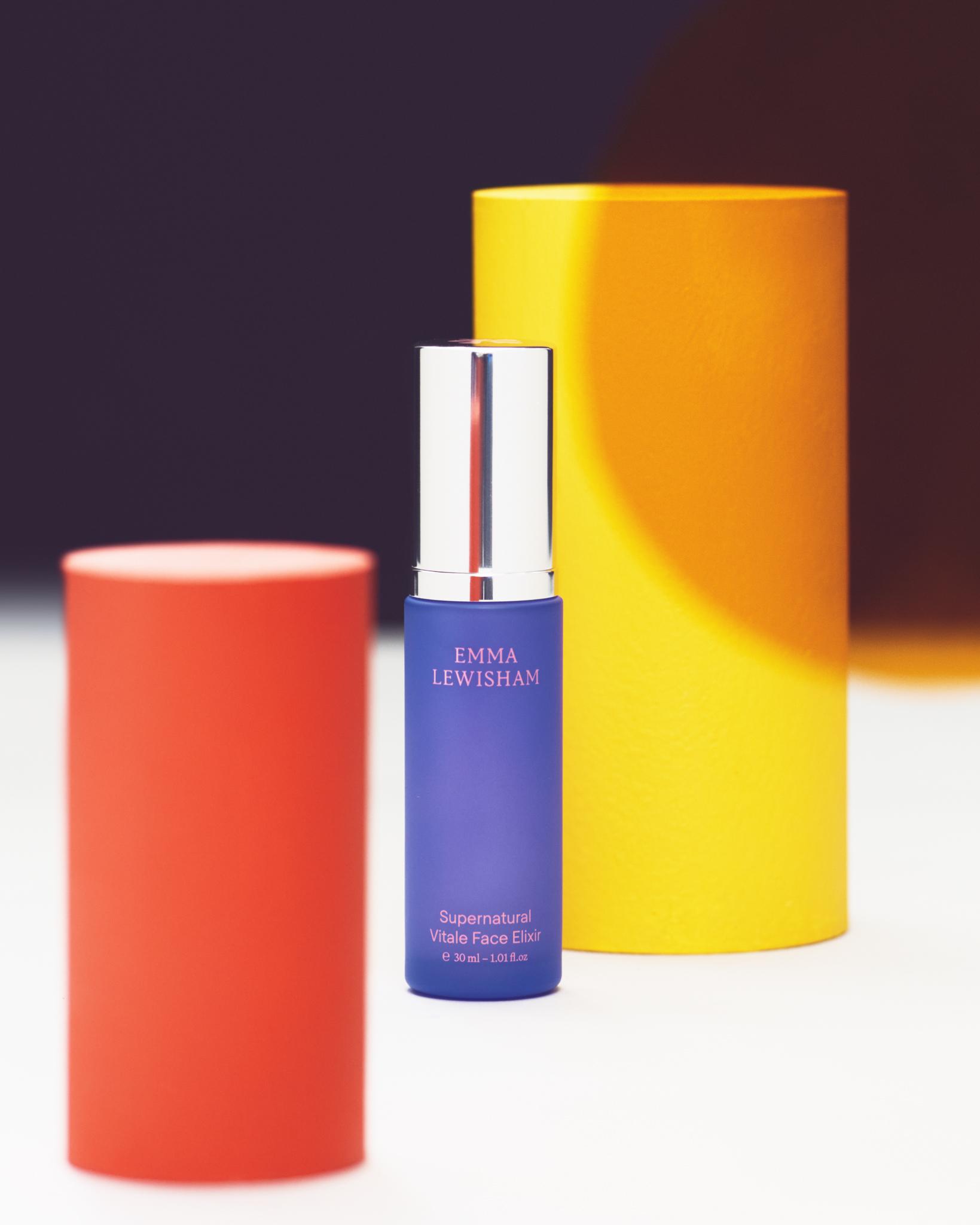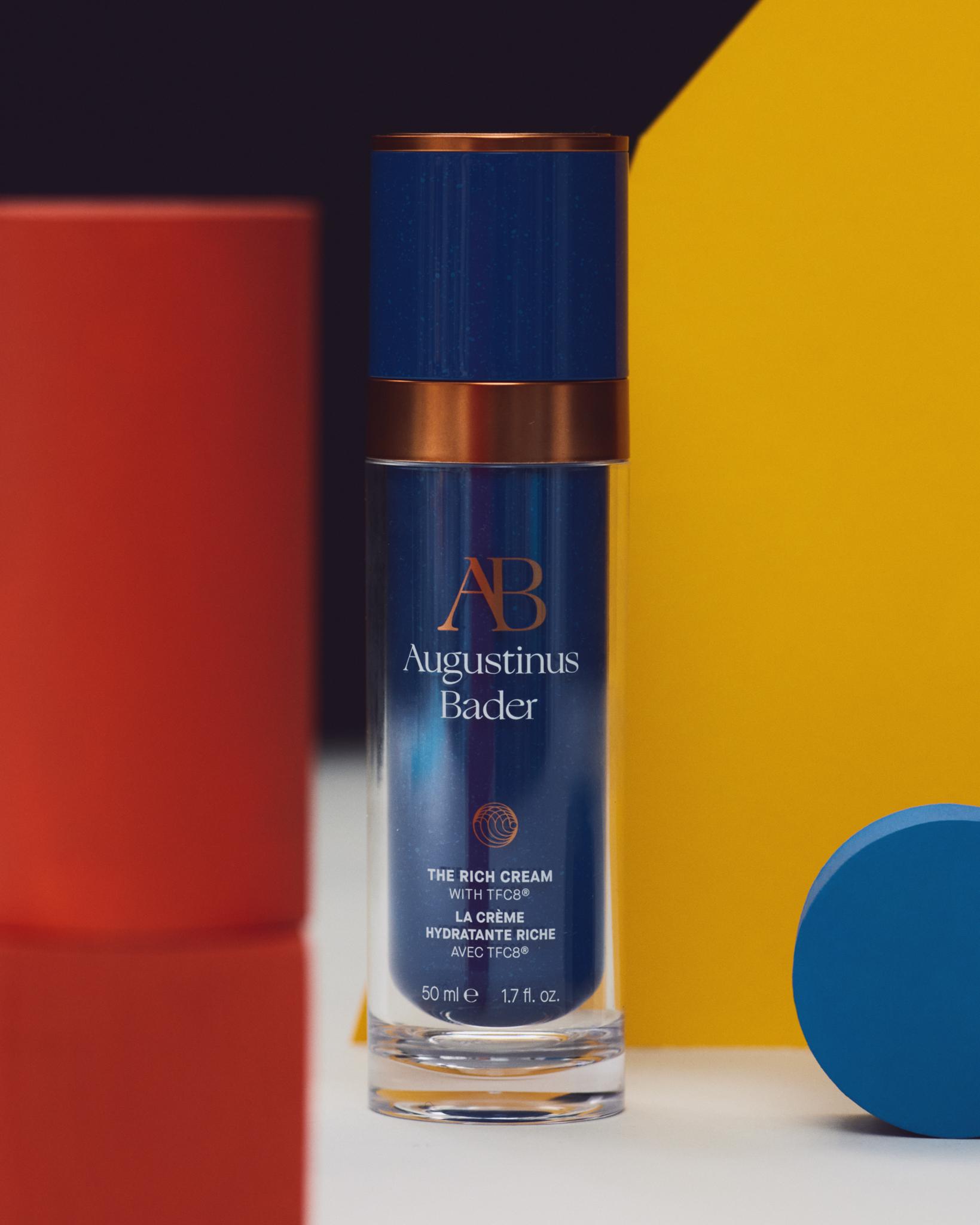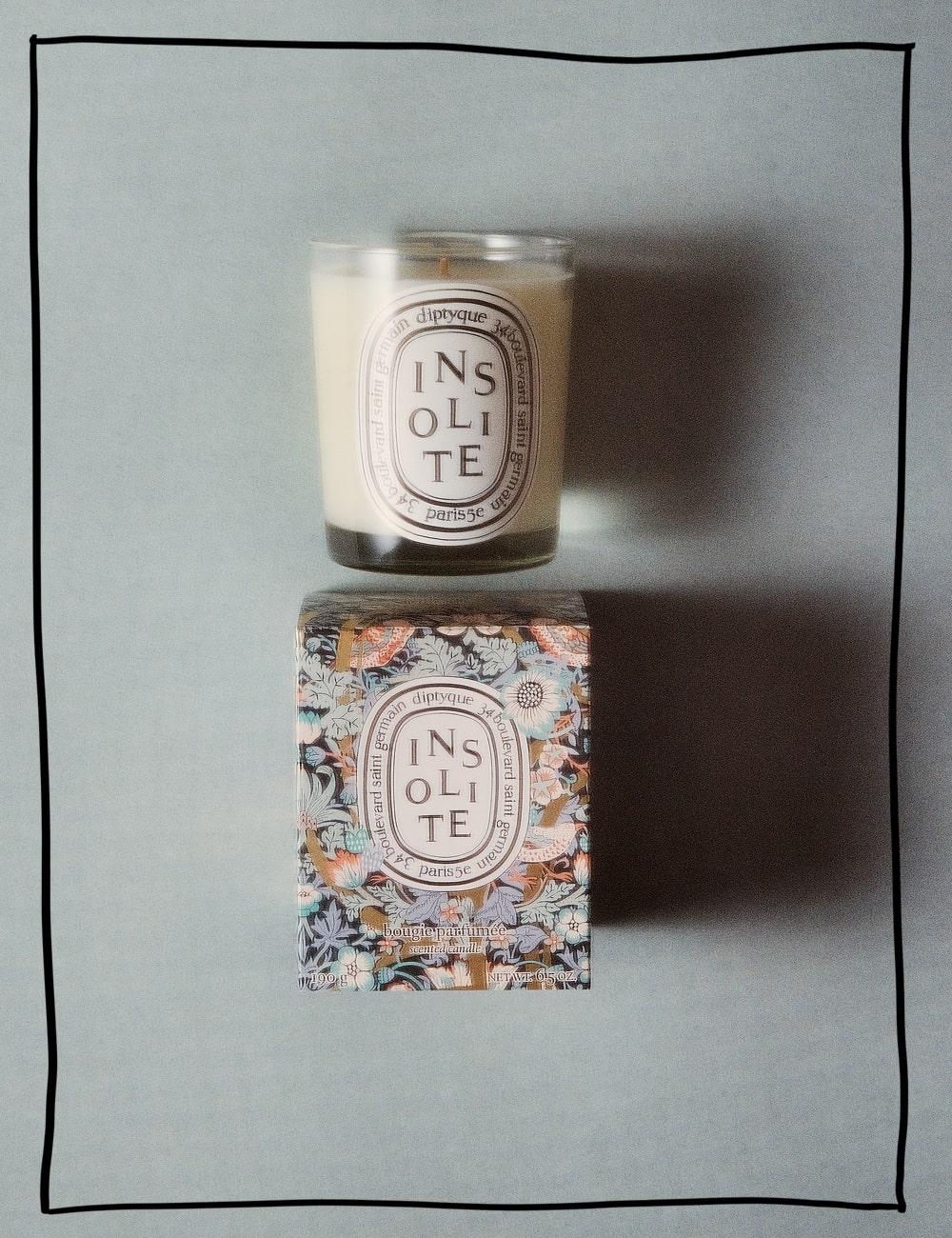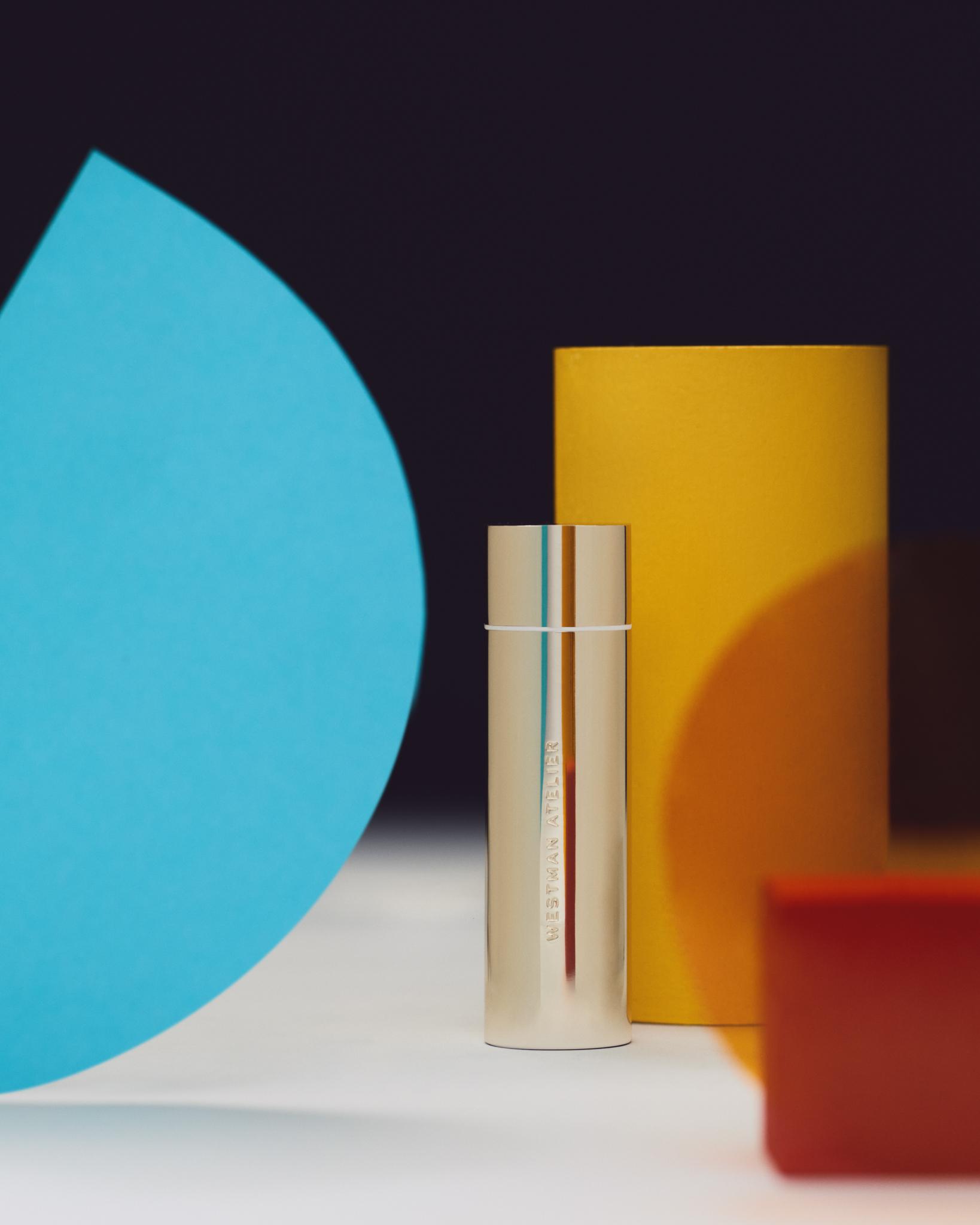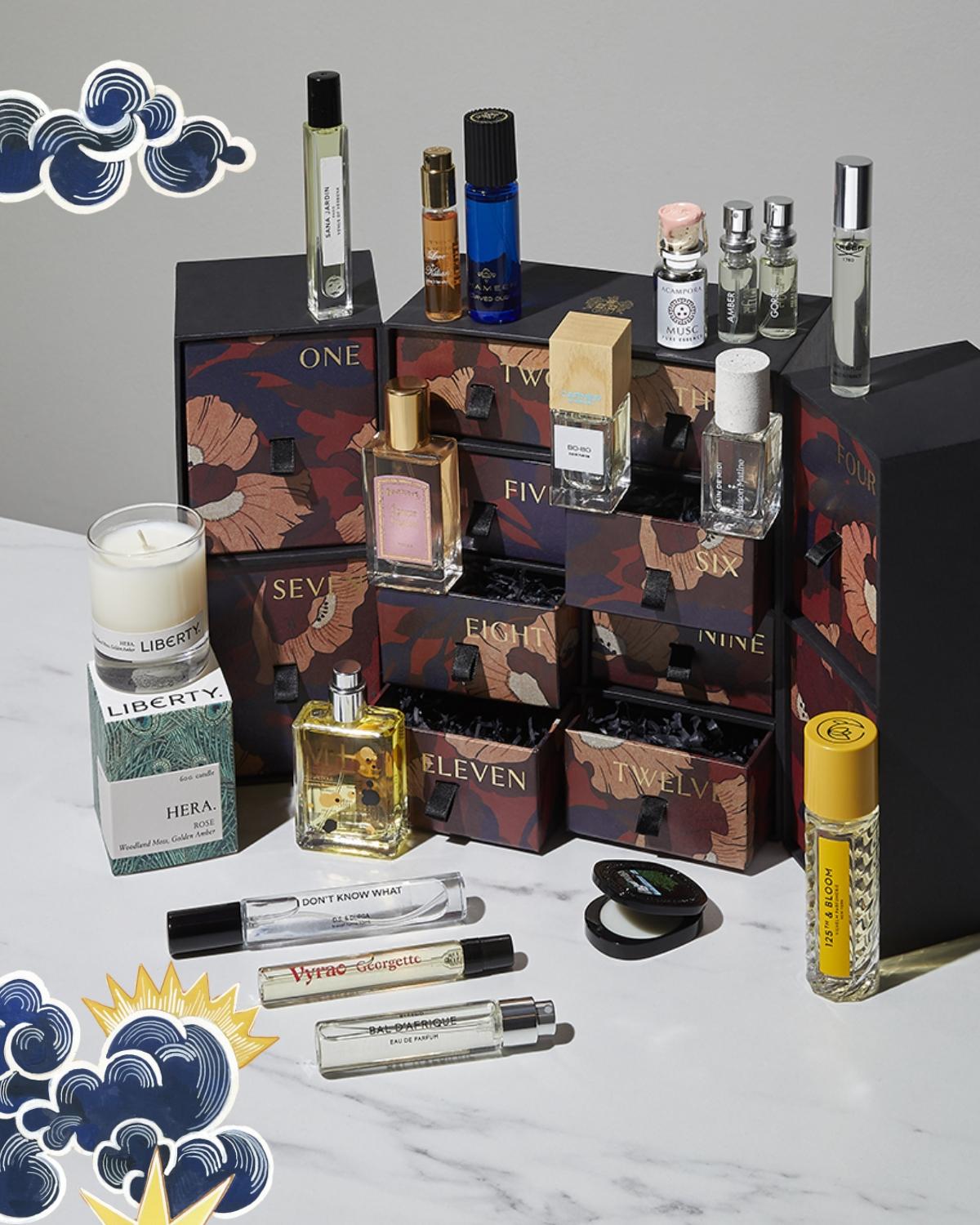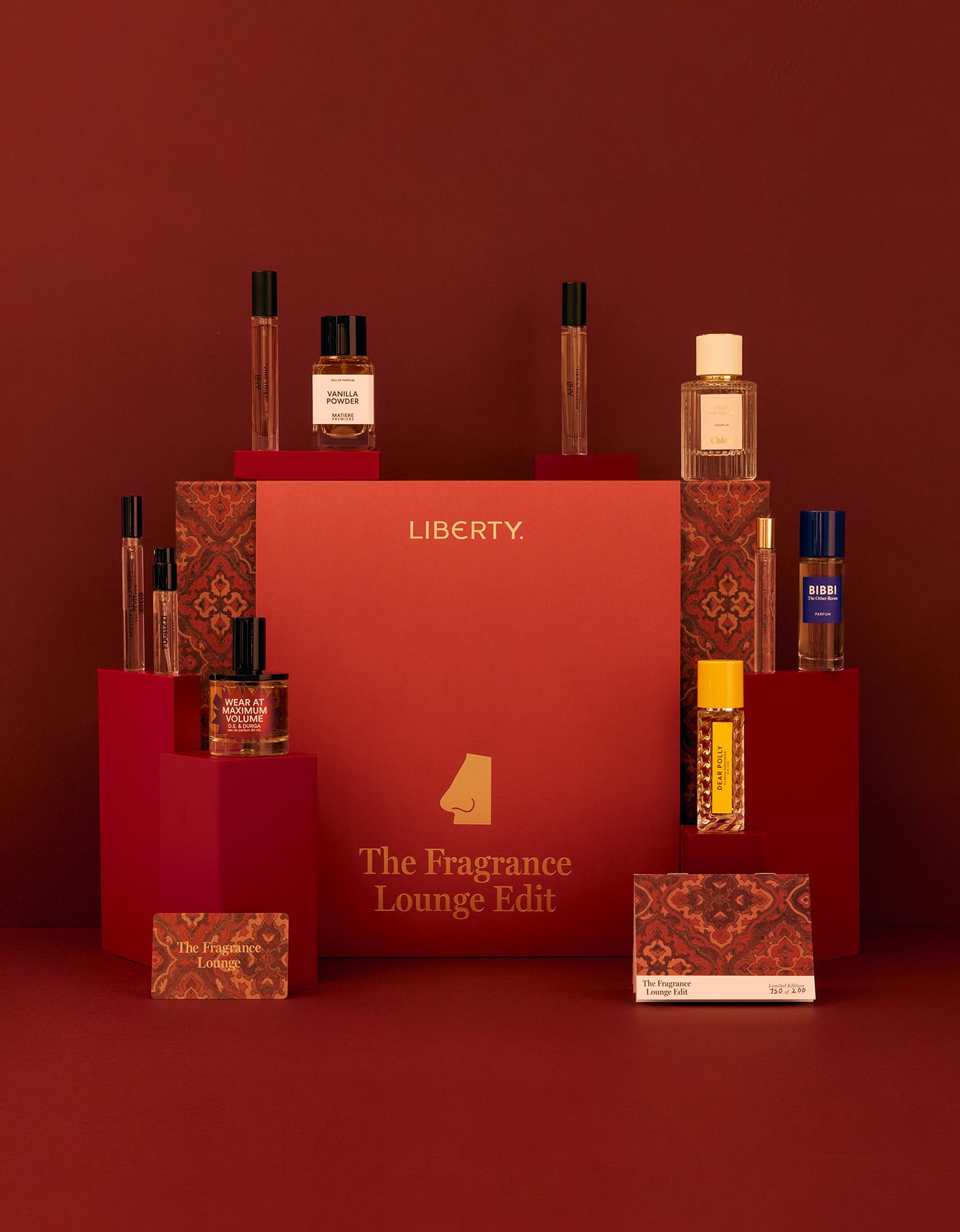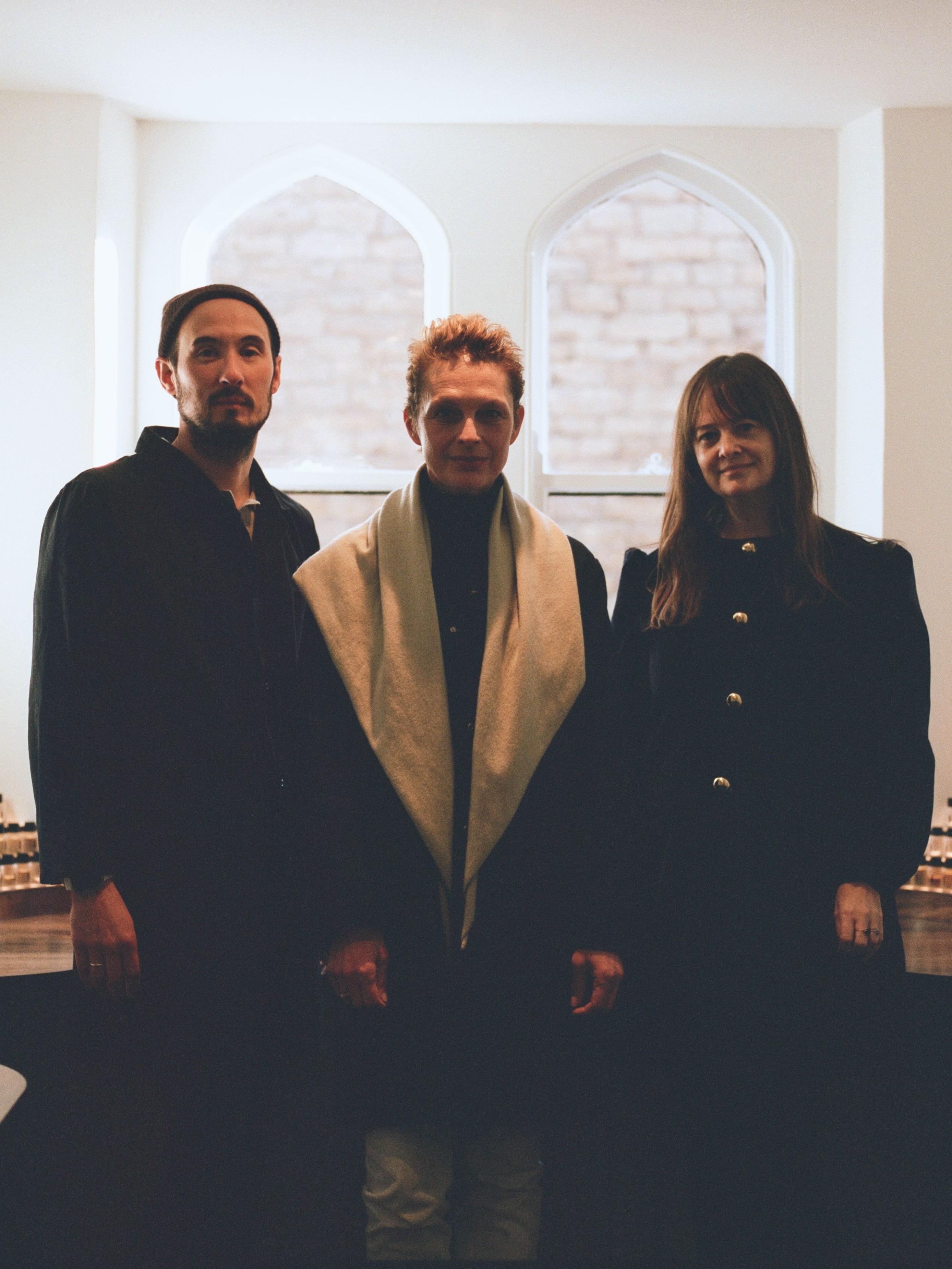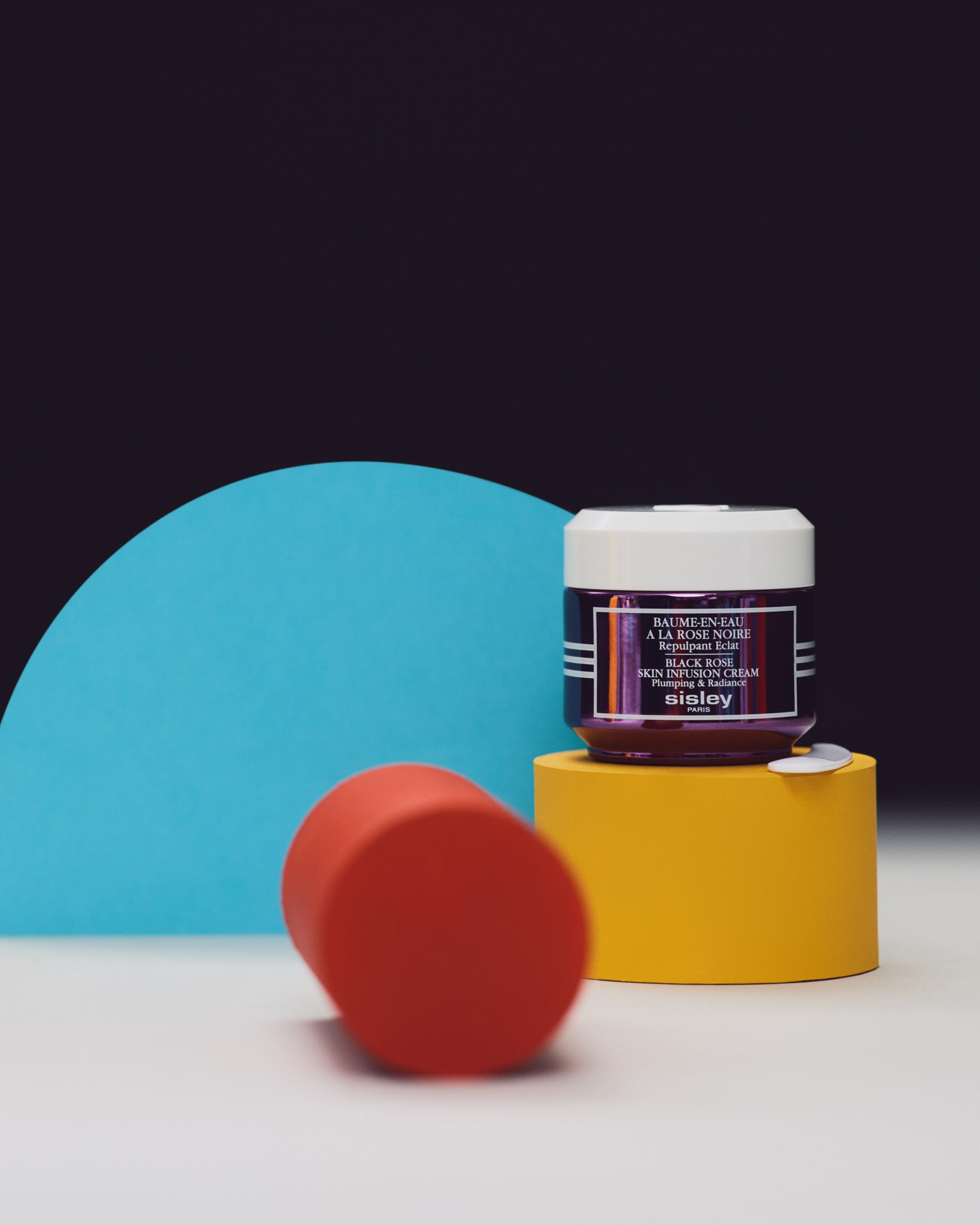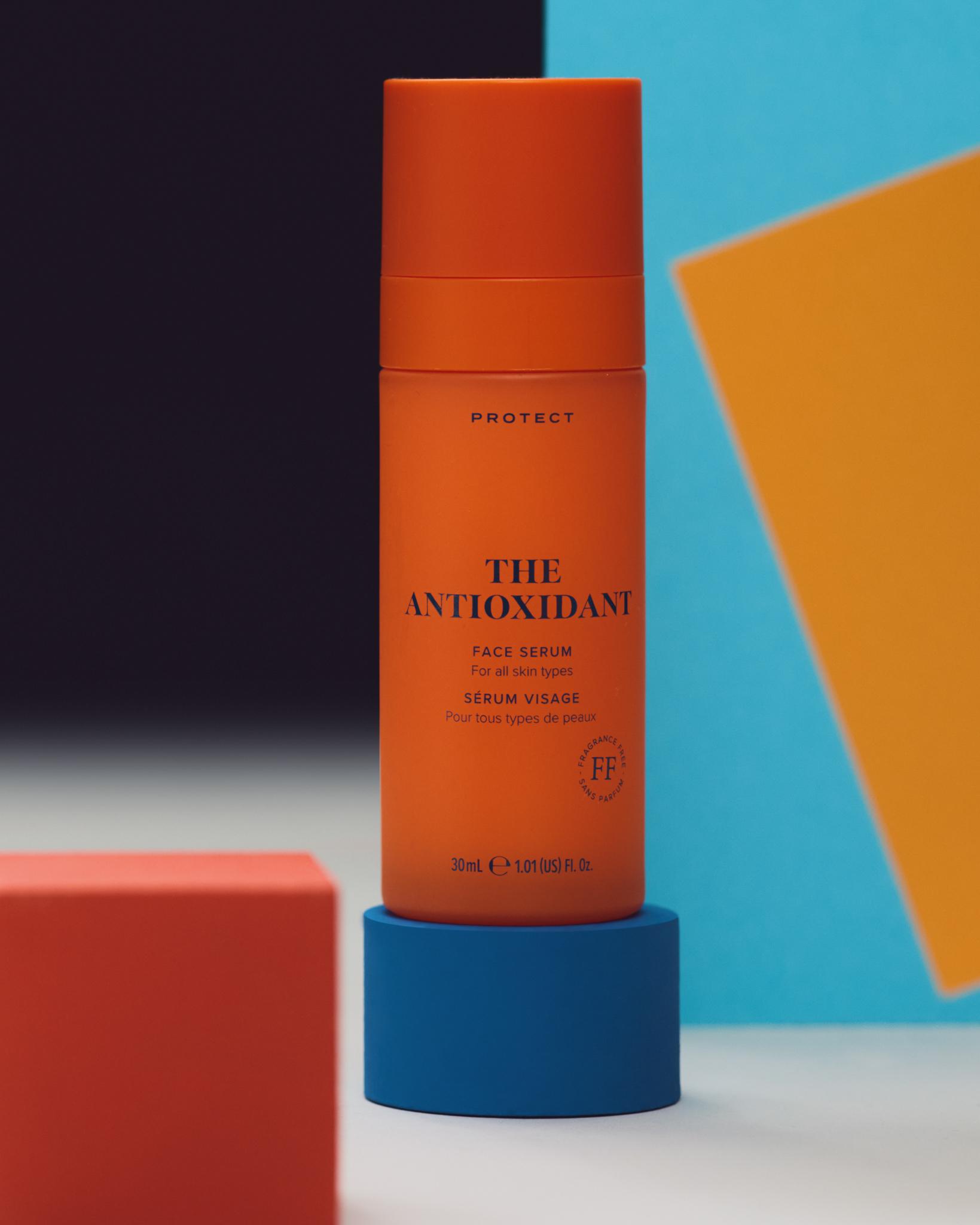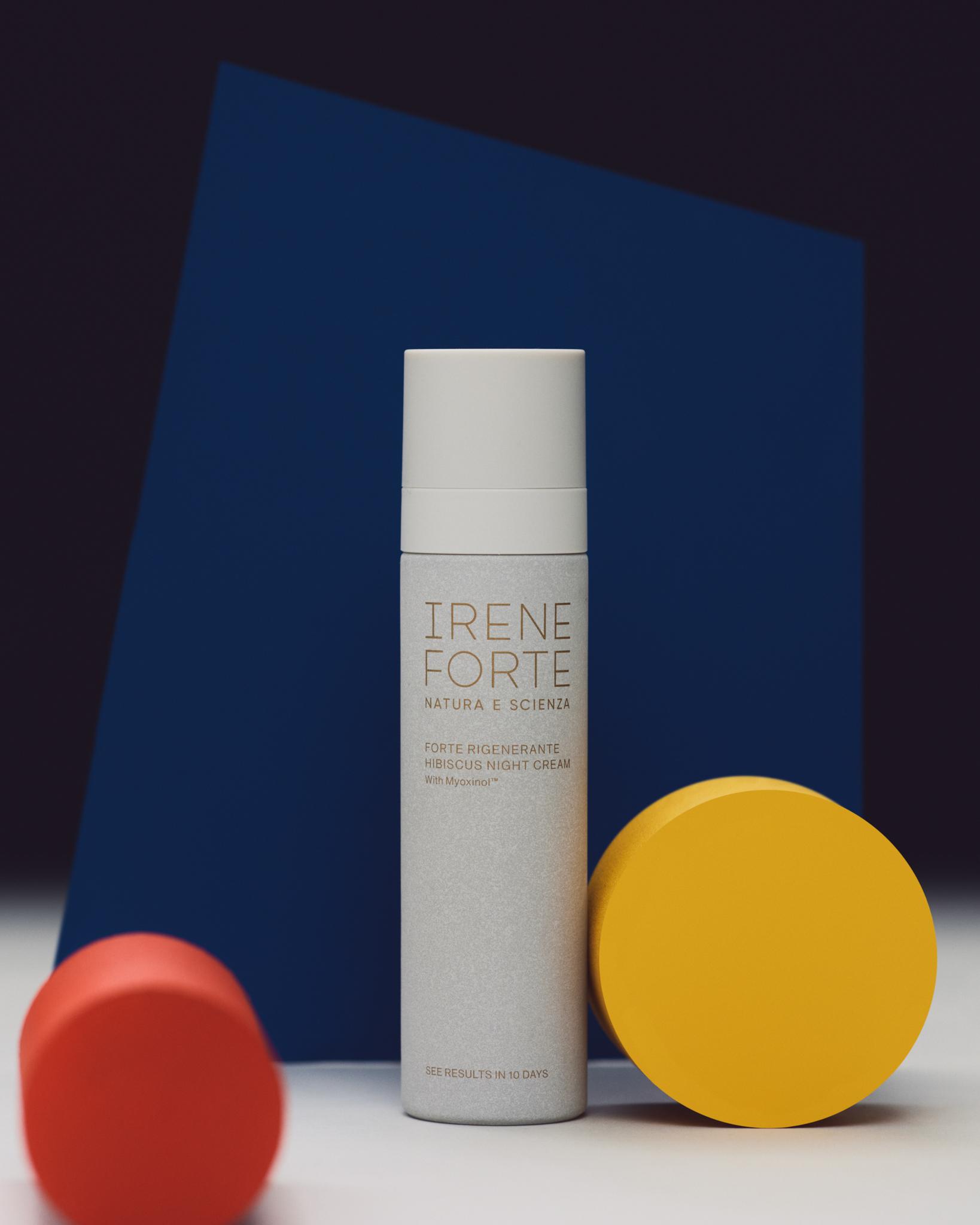The Craft of Wicked with Frances Hannon
The Oscar-winning hair, makeup and prosthetics artist takes us inside the beauty of Wicked
Read more
The Craft of Wicked with Frances Hannon
The Oscar-winning hair, makeup and prosthetics artist takes us inside the beauty of Wicked
From its dizzyingly grand sets to an intricate smattering of freckles: Universal Pictures’ new film Wicked is a study in cinematic spectacle and precise detail alike. No element demonstrates this more aptly than the exquisite hair and makeup designs within the film – crafted by Oscar-winning hair and makeup designer, Frances Hannon.
The enchanting styles of the two central witches – Cynthia Erivo’s Elphaba and Ariana Grande’s Glinda – have already cast a spell over the red carpets, and Hannon and her team worked precisely on each of the film’s artists, from principal actors to background crowds, to develop a richly detailed, and tangible world of Oz.
Hannon, who has worked on films including The King’s Speech, X-Men: First Class, and The Grand Budapest Hotel, for which she won an Oscar, views her role as to enhance the visual storytelling of characters and worlds: working closely with cast and crew to develop seamlessly compelling looks. The detail is astounding: from tulip-stained hands on the Munchkins to delicate freckles on Elphaba’s green skin, that subtly change as the character ages on screen.
Liberty’s thrillifying festive collaboration with the film celebrates this meticulous approach: with the two drawn together by the threads of artisanal craft and creation.
As the film makes its debut in UK cinemas from the 22nd November, Hannon spoke with Liberty to share her creative process, secrets from the set, and just how she created that captivatingly iconic shade of green.
© Universal City Studios LLC. All Rights Reserved
How did you first become interested in hair and makeup and special effects on screen?
As soon as I left university, I was very lucky and got employed by the BBC. Back when I was training, they trained you themselves for two years, and that was my start, really. I was able to work on amazing productions until I went freelance into the film industry.
As a trainee, I worked with a makeup artist called Pam Meager, who was doing all the big productions at the BBC like The Voyage of Charles Darwin, and I, Claudius. She won awards for her work, and so I learned from somebody who was truly great. I was very lucky, and early in my career, I worked on the TV series The Singing Detective with Sir Michael Gambon and was very lucky to win a BAFTA for that work. At the time, I was the youngest person to ever get a BAFTA in my side of the industry, so that was a real major starting point for my future there.
What’s the typical process when it comes to developing looks for a production?
With Wicked, and with everything you do, you start by learning your script and your storyline and breaking down every single artist individually. Then I try to imagine how I can help tell the story visually with makeup, hair, and, when relevant, prosthetics.
Everything is always done in conjunction with the production designer, the costume designer, the director, and the artists: everybody has an input. But that's how we come to the starting point for how to tell these stories, how to create the differences, and how to help the artists express themselves visually.
© Universal City Studios LLC. All Rights Reserved
Where did you and your team start with Wicked?
I had the best team in the world working with me, which was wonderful. My co-designer for the prosthetics was Mark Coulier, who I've worked with a lot, and we won our Oscar together for The Grand Budapest Hotel. With my main team who were on all day, every day, we would sit down and discuss everything in detail. I would bring all the visuals and references I had in my mind, and we built from that point, working on the looks for every artist in this film: there were more than 80 overall.
Every principal speaking artist wore false hair of some kind, and every crowd person – and there were nearly 4000 of them – had fake hair too, either hair pieces or a wig, so it's a really major task. Wicked was the most amount of work I've ever done on a film!
We had a core team of 15 or 20 hair and makeup artists for principals, but on our big days, we would have around 140 additional makeup artists in for the crowds to cover all the hair and makeup on the arrival at Shiz University, The Emerald City, the Munchkins, and all the little worlds within Oz.
© Universal City Studios LLC. All Rights Reserved
© Universal City Studios LLC. All Rights Reserved
How did you go about giving each look a sense of the magical while making sure it was appropriate to this new kind of vision of Wicked?
[Director] John Chu and [producer] Mark Platt's vision was to keep the film very grounded. Yes, it is fantastical, of course: we have Elphaba who's green! But we wanted to keep it very grounded.
For example, when we were looking for a new design for the Munchkins, we wanted them to be very “earthy” people. They work on the land; they are an agricultural group, extracting dyes out of the tulips and things like that. We looked at what their lifestyle was and then worked their look into that. In addition, everything has to sit within the sets being designed and the costumes that are created.
Overall, for the Munchkins we used something like 200 shades of red for the hair. There was every shade you could ever pick out used on there! Because they were an earthy people, their hairdressing was very much of the style that they could do themselves. We tanned them, gave them freckles and brown eyes, as well as staining their hands with the tulip dyes. Whereas the look in The Emerald City was very elegant, tall, and statuesque – totally different!
© Universal City Studios LLC. All Rights Reserved
Were there any looks that were particular favourites?
Creating the green for Elphaba was pretty major because it didn't exist! The biggest difference between screen makeup and real-life makeup is how long it has to last. The green makeup had to last a 12-hour shoot day, it had to not transfer onto the costumes, it had to not sweat off. It also had to have a beautiful reflective quality, which we found by adding a tiny bit of neon, which made it look real, like skin, and not like face paint. When you see Elphaba, she's absolutely believable. She's not a fantasy. She is just another person.
Then with Galinda, we balanced out everything. We did a very opalescent look, very iridescent, which kept in line with the look of her costumes. Her shoulders were so often bare, and her face and her beautiful, long, feathery hair. We kind of kept that look throughout.
Also within the crowds, it was really about giving every land within Oz – Winkyland, The Ozdust Ballroom, Emerald City, or Munchkinland – a very individual look, but one that is very accessible, enhancing what the audience will recognise from all the original Oz. We wanted to bring something new to it as well, so there's something there for everybody, I hope.
© Universal City Studios LLC. All Rights Reserved
Do you think any elements of the hair and makeup that you created for Wicked might translate into everyday life?
I think very much so. Ari’s look translates beautifully; it's very classical. The thoughts for her look originally came from some images that I'd found of Princess Grace Kelly. It was about making it timeless. Hence we kept her simple: simple eyebrows, and simple everything.
I think everything we covered hopefully will bring something new. Our look of makeup these days is so shimmery; people are highlighting so much. We had that feel within Ariana’s, but that's also the base in Cynthia's green. Maybe we'll start working on using different bases within our own foundations that will give a different look that has never been used before.
What's one thing or maybe a couple of things that you kind of wish more people understood about hair and makeup?
When you're designing looks, whatever the film, once you've broken down your story and you've given it a visual thought process: take a step back. I think in life, certainly in makeup and hair: less is more. You don't have to go for that extra deep socket. Don't put on those extra thick lashes. You can be beautiful by looking carefully at what you're using and maybe using less of it. Take a step back, don't go quite so heavy.
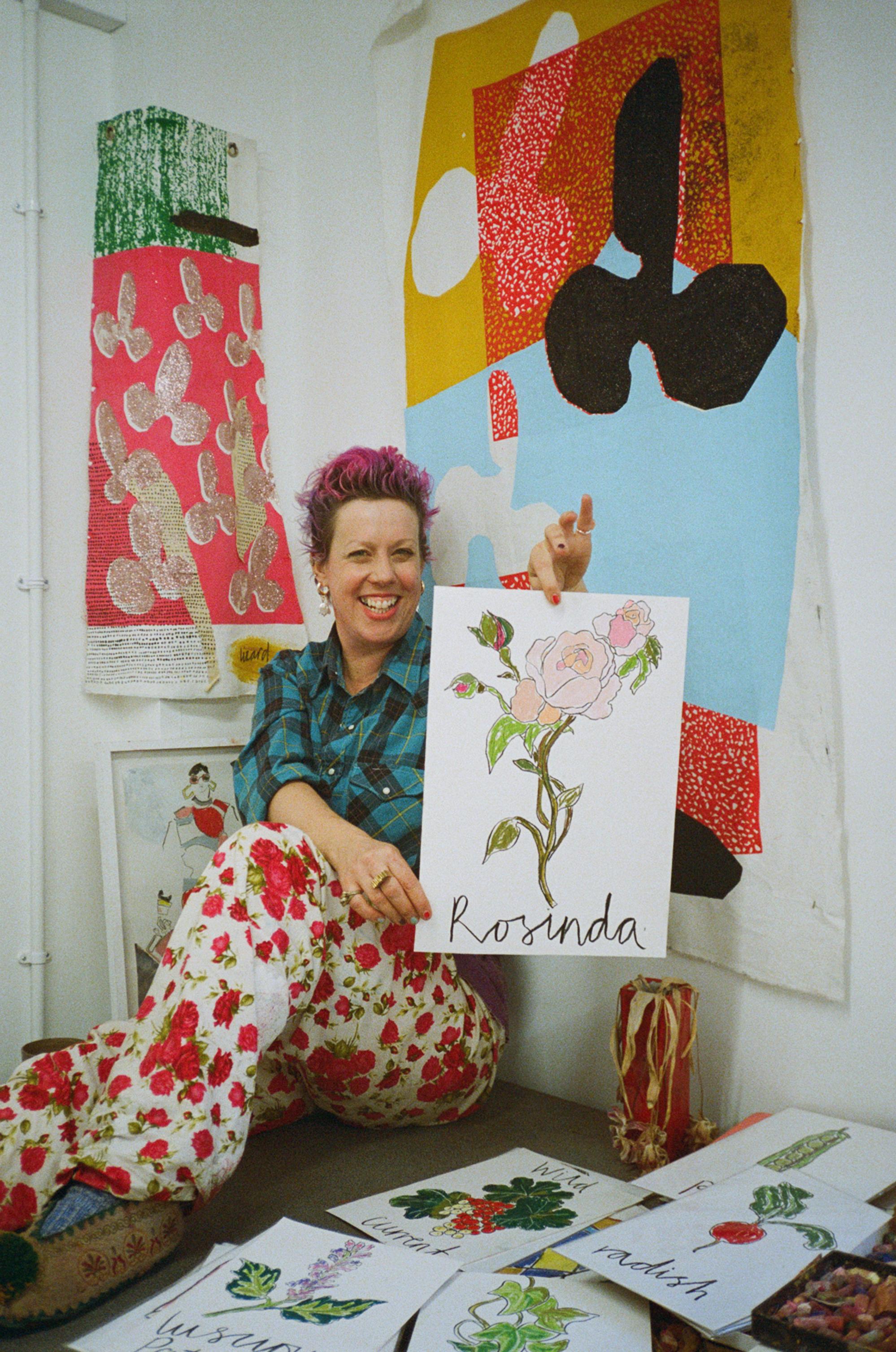
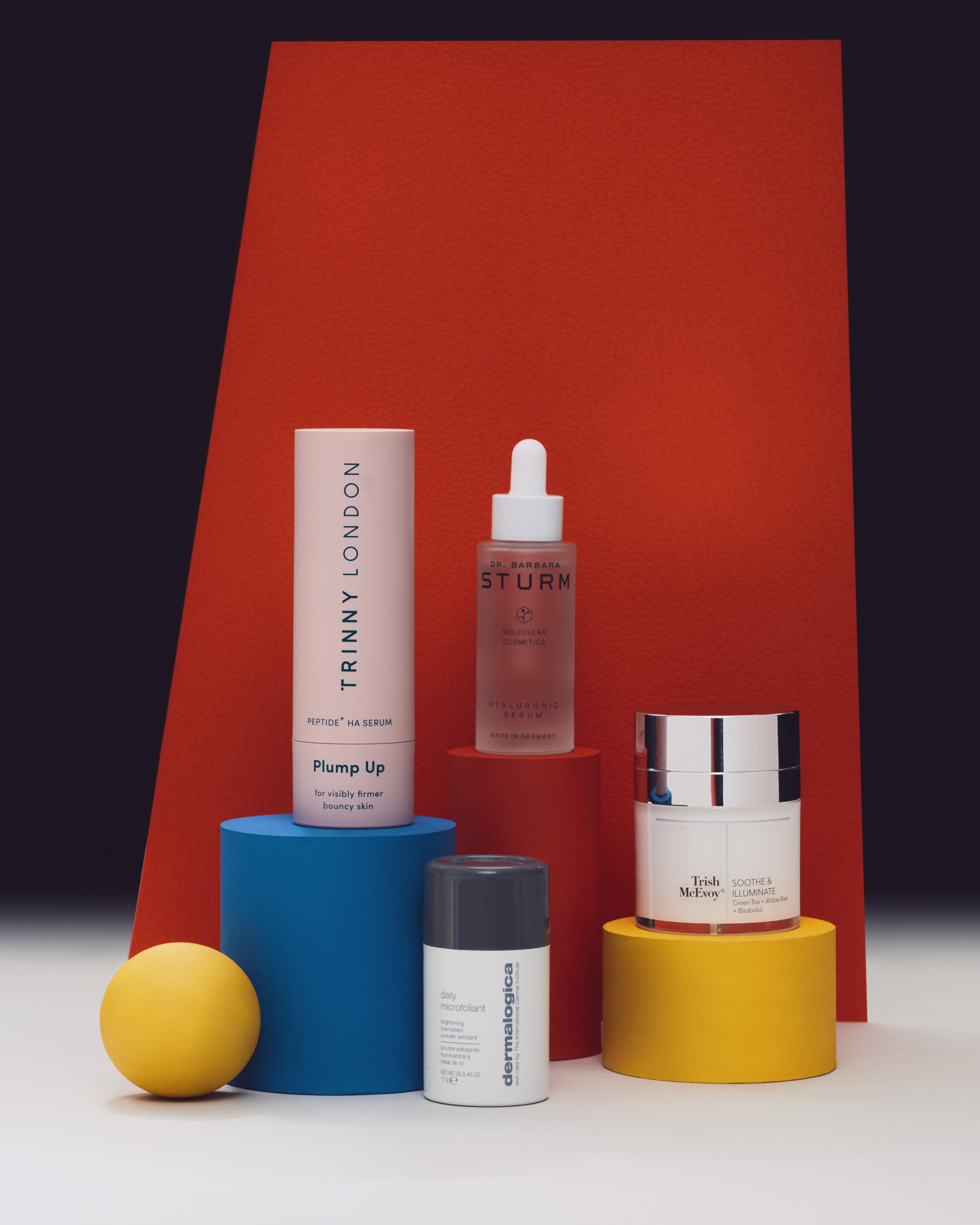
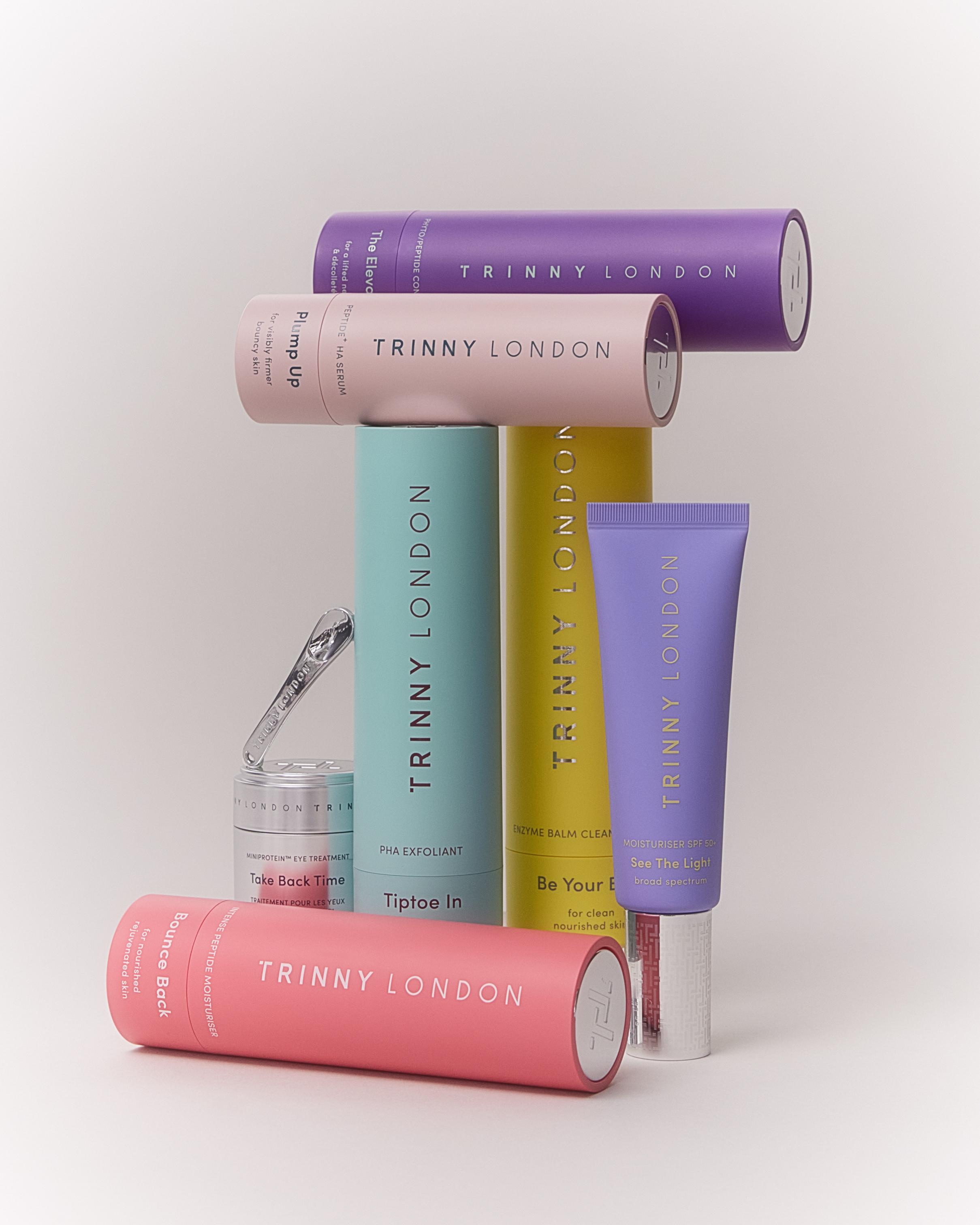
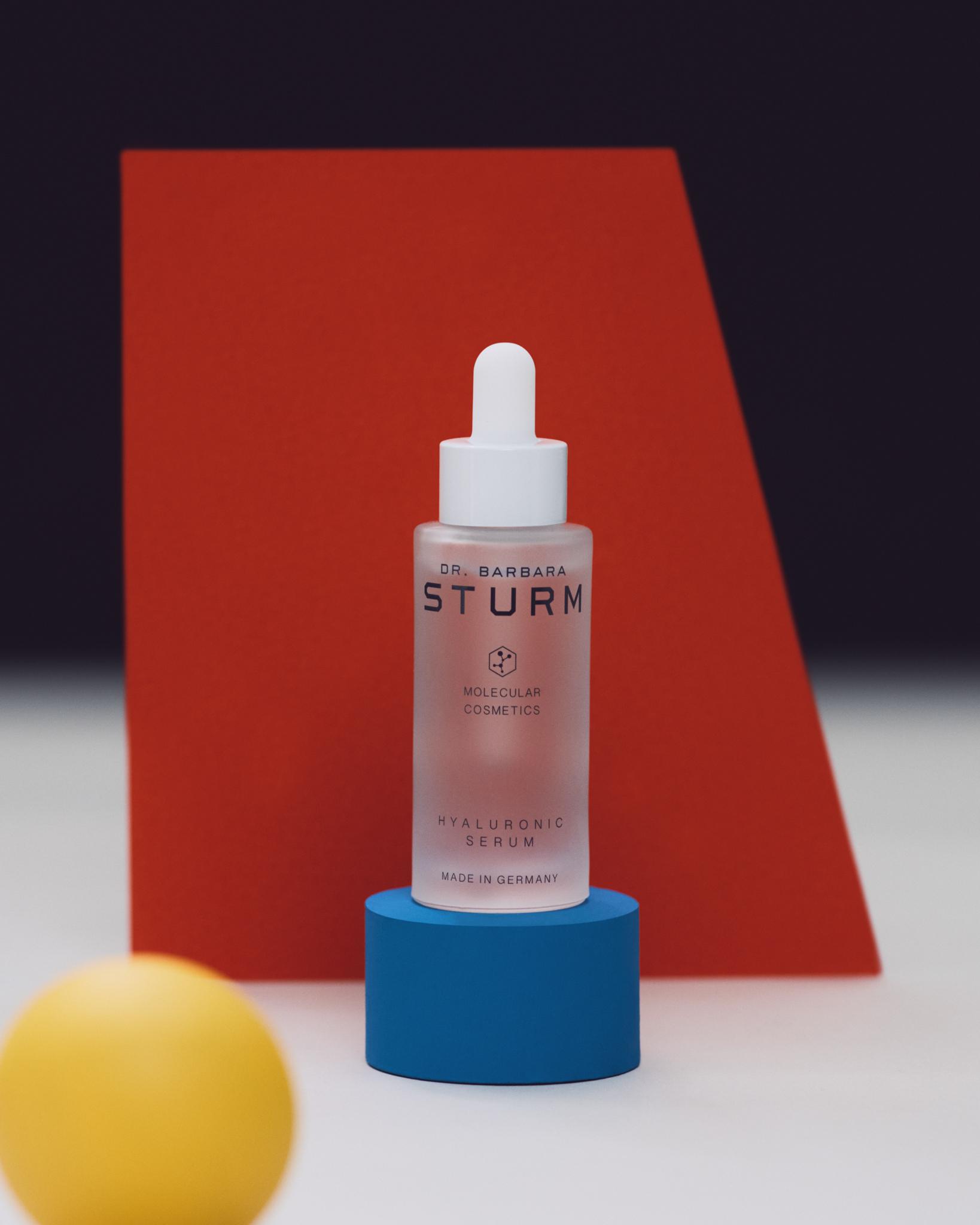
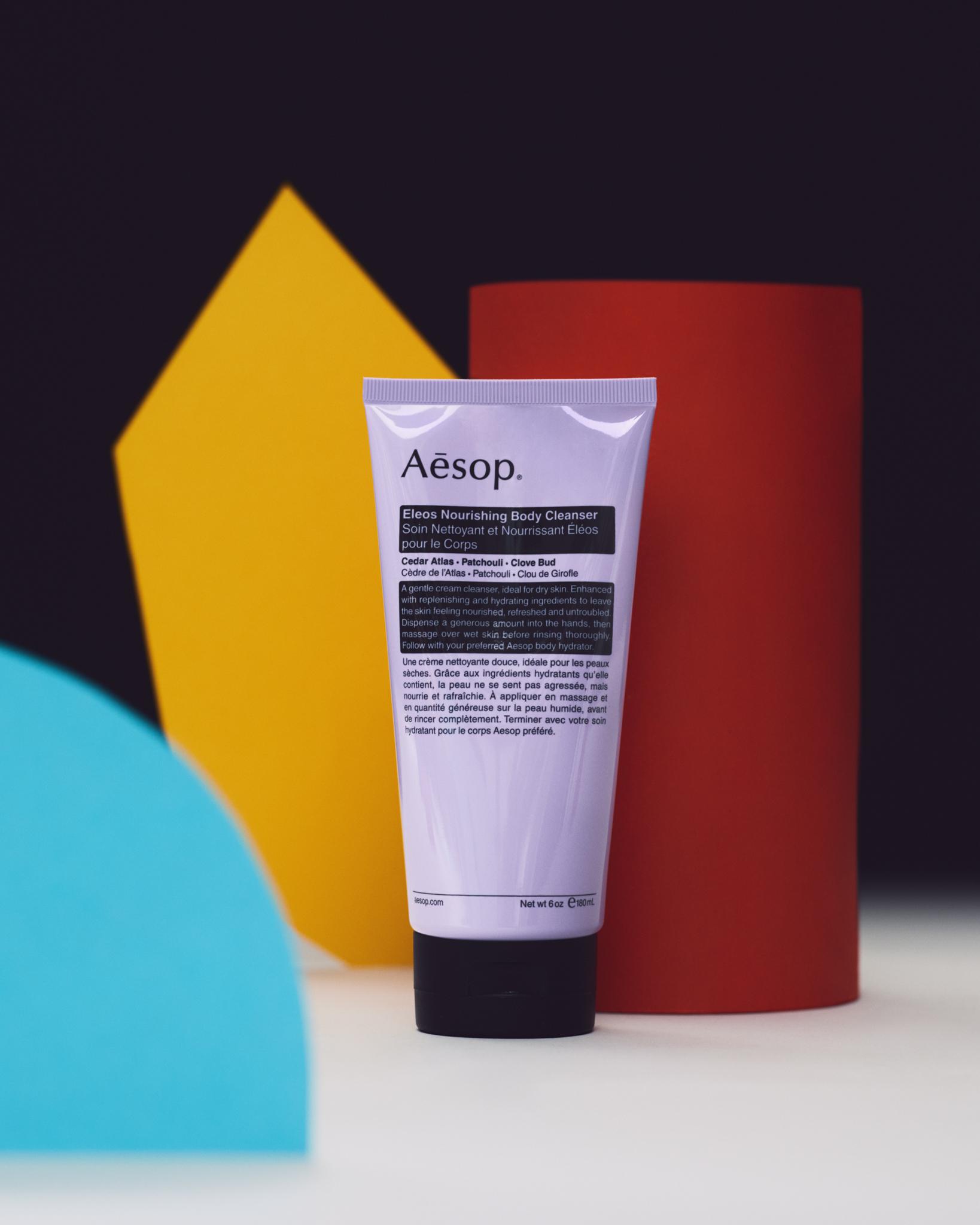
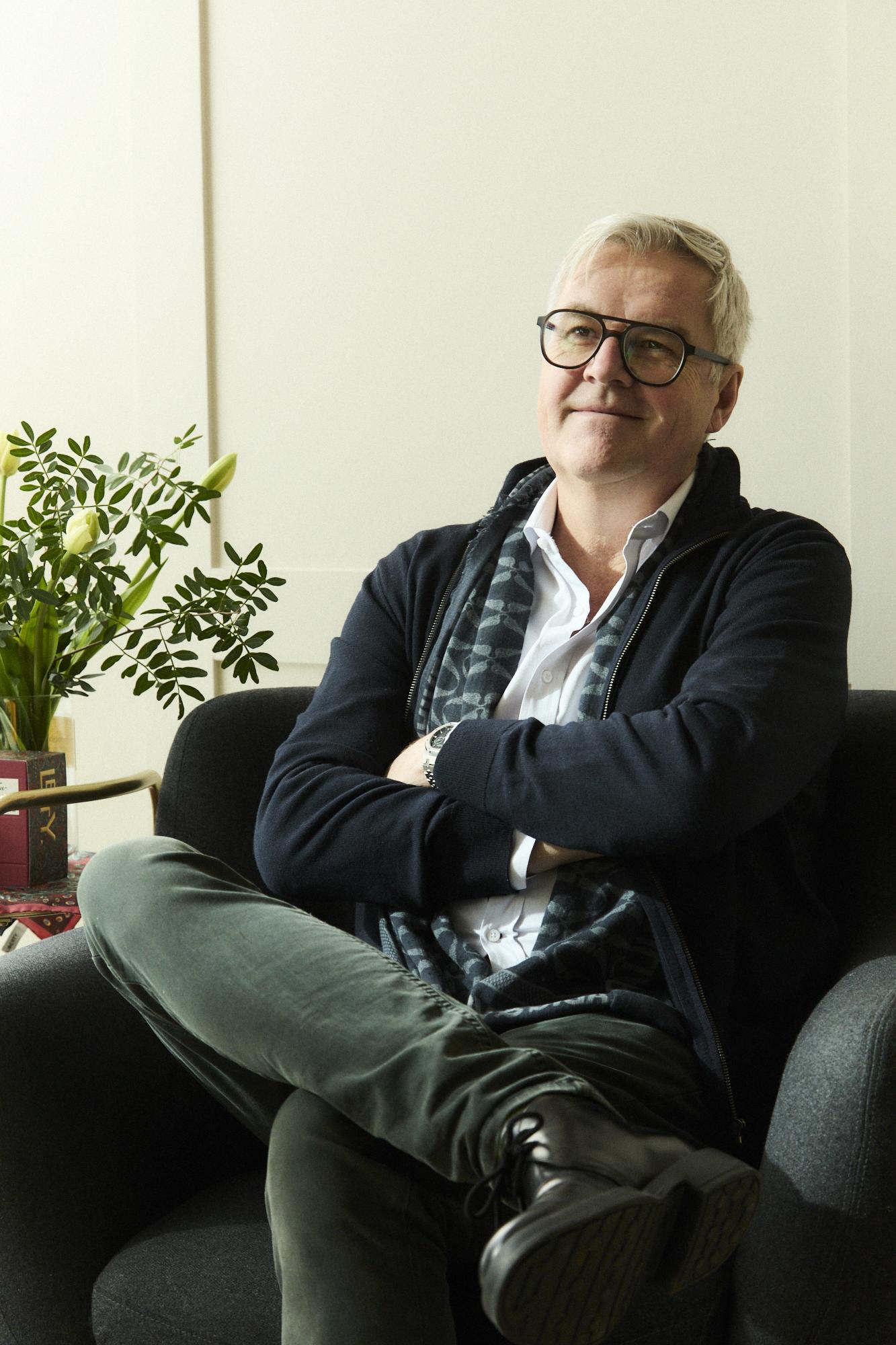
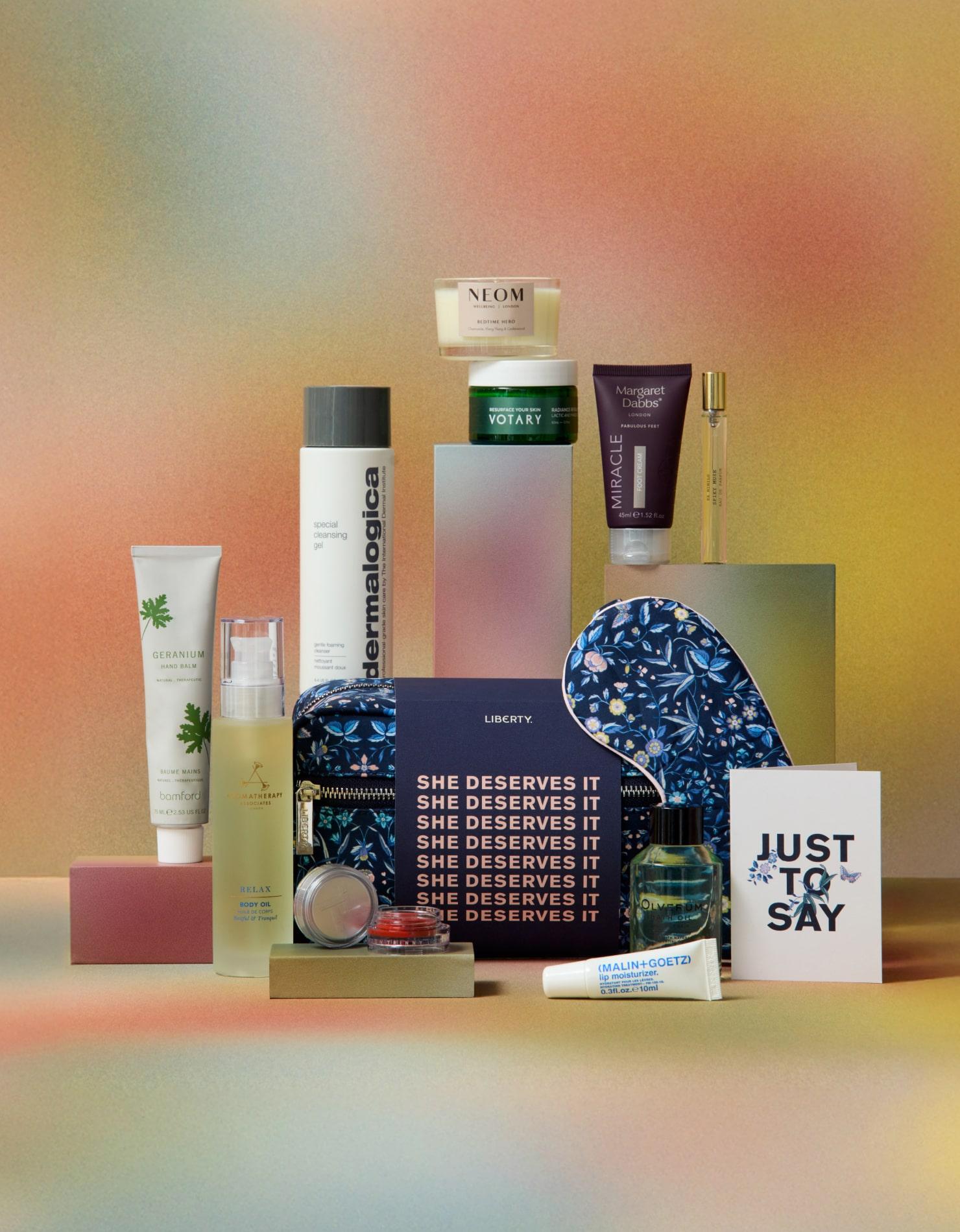
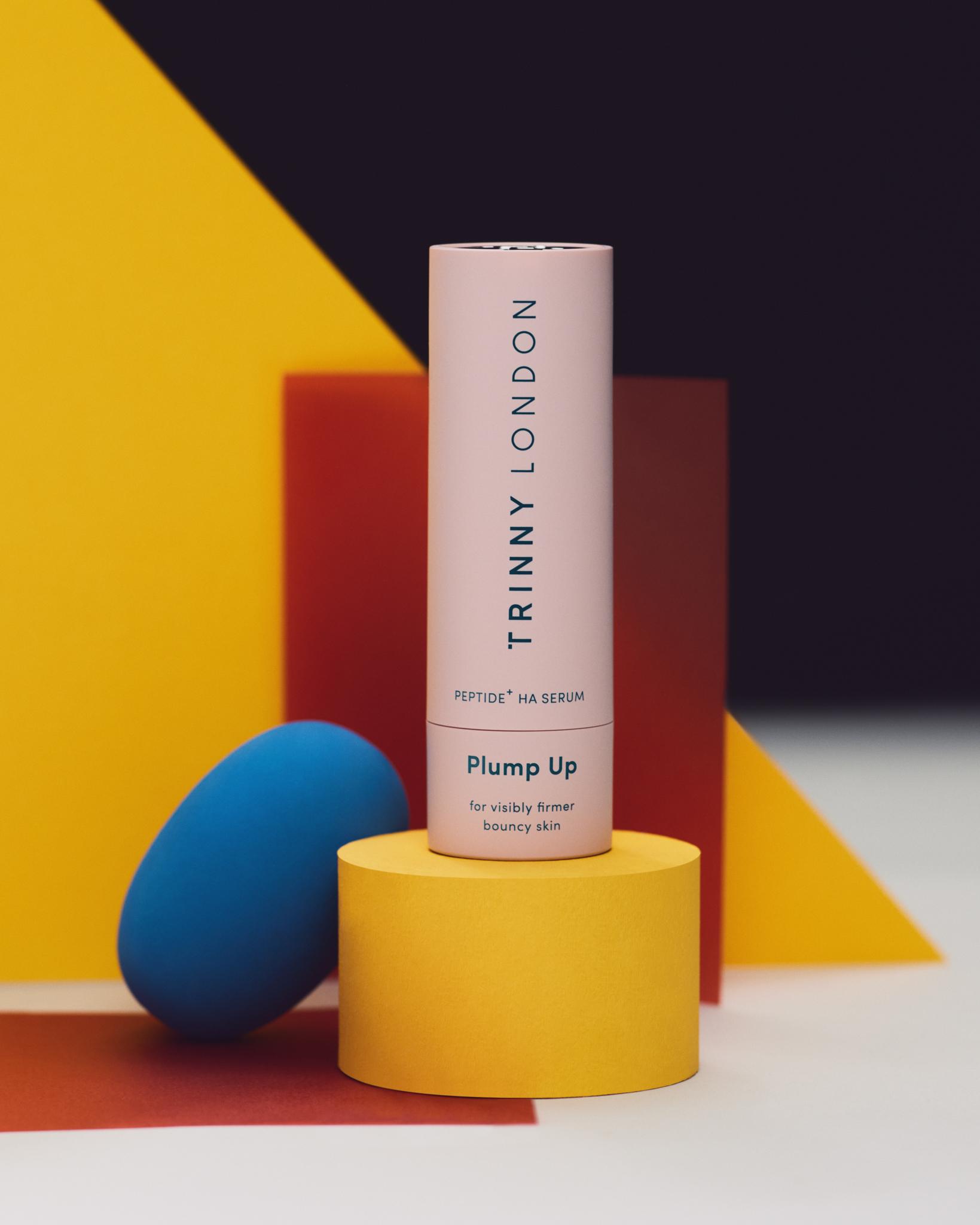
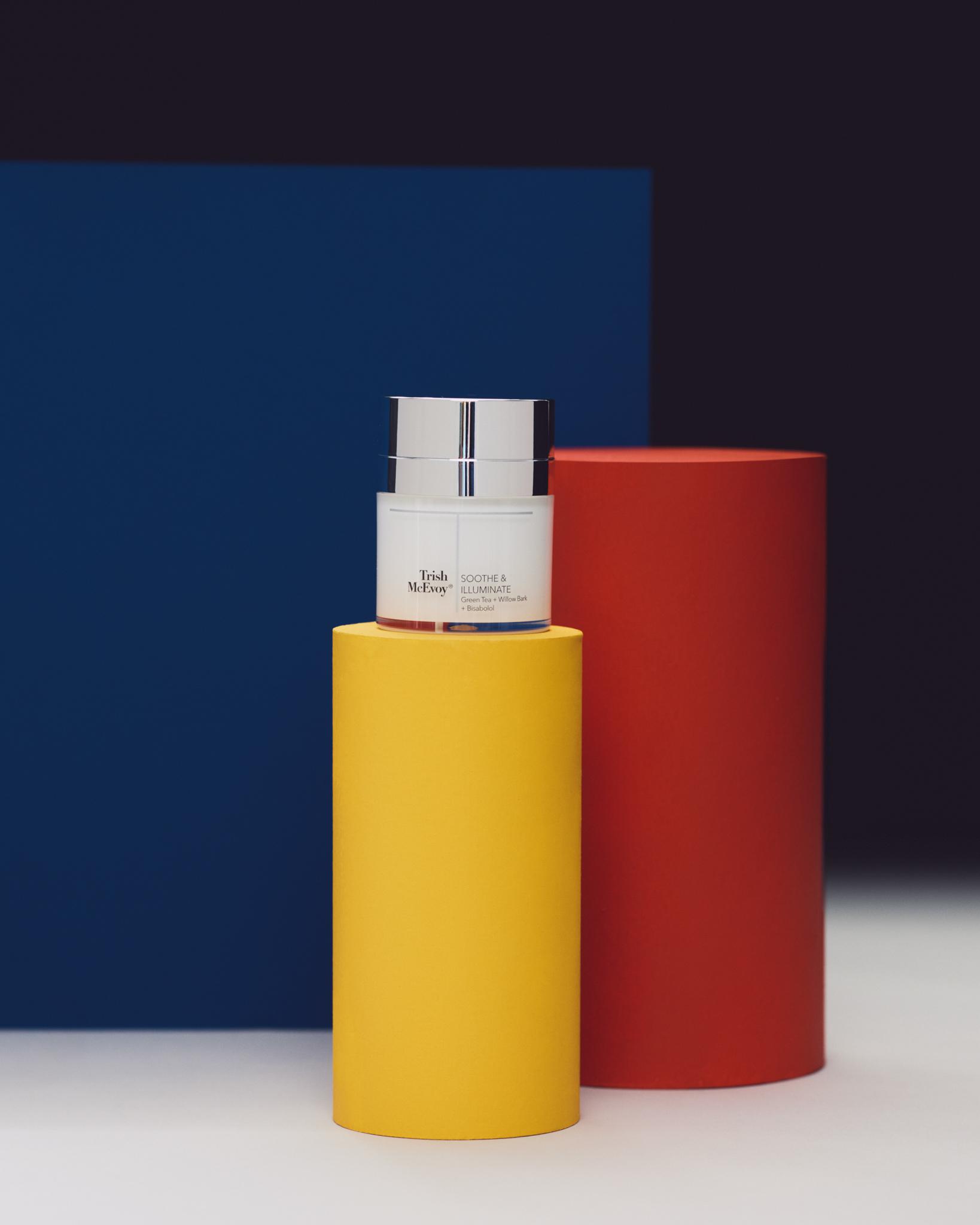
?fmt=auto&qlt=default)
